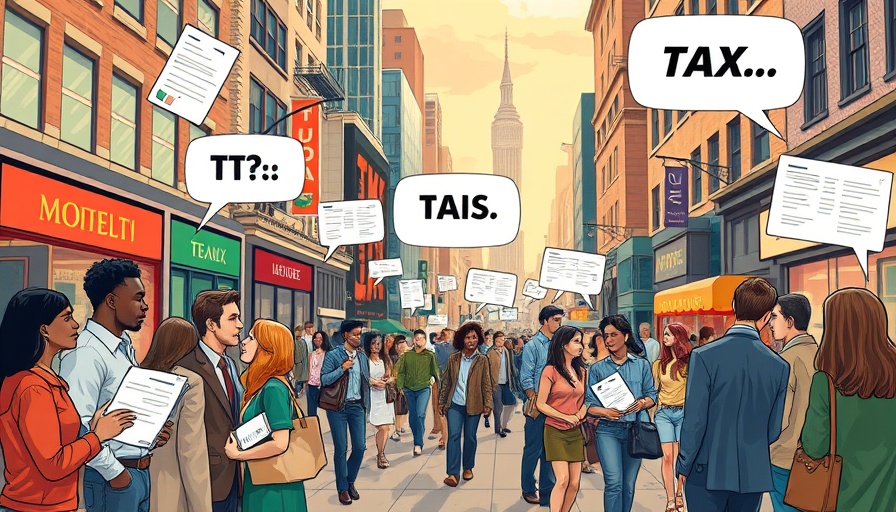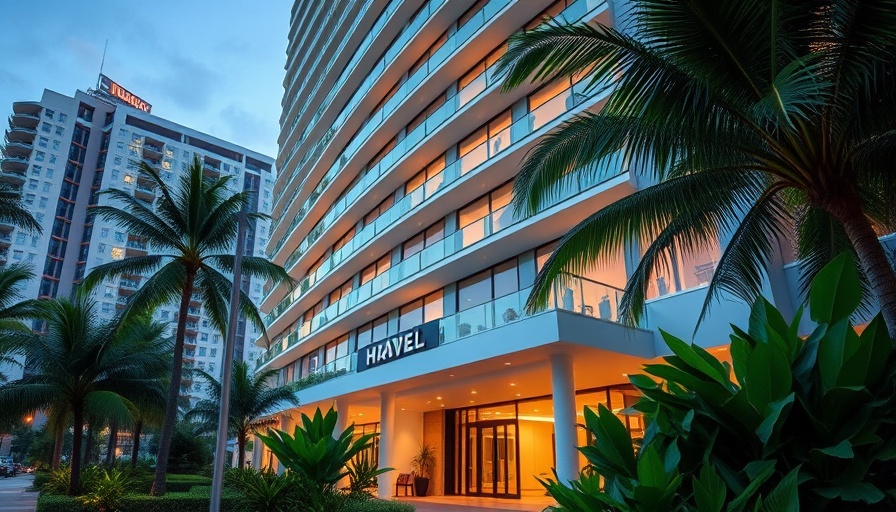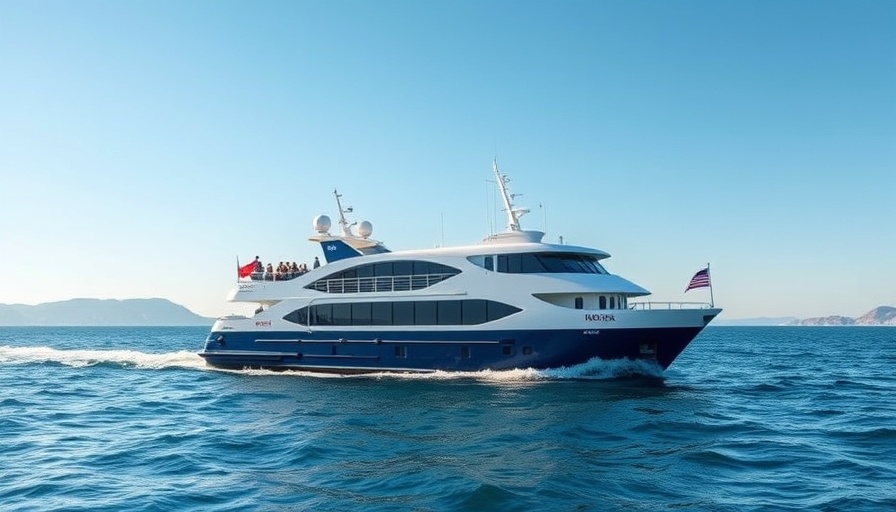
The Real Cost of Tourism: More Than Just Attractions
As a vibrant hub of tourism, many cities like Miami often rely on visitors to boost their economies. However, the truth is far more complex—tourism cannot shoulder the burden of public taxes alone. The idea that tourists will pay for local infrastructure, maintenance, and public services through their spending is alluring, but it’s essential to understand the limitations of this expectation. While our city’s beaches, restaurants, and culture draw in millions, the reality is that local residents ultimately bear the costs that tourists bring.
Understanding the Impact on Local Residents
Local residents often find themselves at the forefront of economic challenges despite the influx of tourism. Higher demands on public services during peak tourist seasons lead to increased competition for resources like public transportation and emergency services. For instance, increased traffic congestion and overburdened public facilities result in inconveniences that residents must endure. As tourists flock to popular destinations, the costs of maintaining these attractions and services are frequently passed on to local residents through rising taxes and fees.
Equitable Solutions to Balance Local and Visitor Needs
To address the challenging dynamic between tourism and local costs, authorities must find solutions that balance the needs of residents and the benefits of visitors. One avenue could be implementing taxes specifically targeting tourist activities. For instance, making hotel stays or certain attractions subject to a nominal fee that contributes directly to public services can help alleviate some financial burdens from residents.
Additionally, incentives for businesses that support local initiatives—like community events or infrastructure funding—can create a more equitable economic environment. Keeping a close connection between tourist spending and community investments ensures that the influx of visitors translates into tangible benefits for long-term residents.
The Future: Shaping a Sustainable Tourist Economy
Planning for sustainable tourism is crucial for cities heavily reliant on tourist dollars. As local economies continue to evolve post-pandemic, embracing practices that ensure both local and tourist needs are met becomes imperative. This could mean focusing on eco-tourism or experiences that prioritize community engagement, thereby creating a more respectful and reciprocal relationship between visitors and locals.
As Miami continues to evolve, there’s an opportunity to redefine tourism strategies. By implementing policies that consider resident needs while also enhancing tourist experiences, cities can work toward a balanced approach that promotes sustainability and economic growth without sacrificing the well-being of their residents.
Moving Forward: The Vital Role of Community Input
The voices of local residents must remain central in decisions impacting tourism policies. Engaging community members in planning processes can provide invaluable insights that help mitigate negative impacts while enhancing visitor experiences. Such involvement not only empowers locals but also fosters a sense of pride in the community that tourists will come to appreciate.
To ensure a robust dialogue, city officials could host town halls and provide platforms for residents to share their concerns and ideas. This will not only help address existing issues but also foster a stronger connection between the tourism industry and the communities that sustain it.
In closing, while tourism offers vast economic benefits, the misconception that visitors alone can manage the costs associated with city living must be addressed. We must actively seek to develop and implement effective strategies that prioritize residents and ensure their needs are met. Let’s engage in a collective effort to cultivate a balanced and healthy tourism economy.
 Add Row
Add Row  Add
Add 




Write A Comment